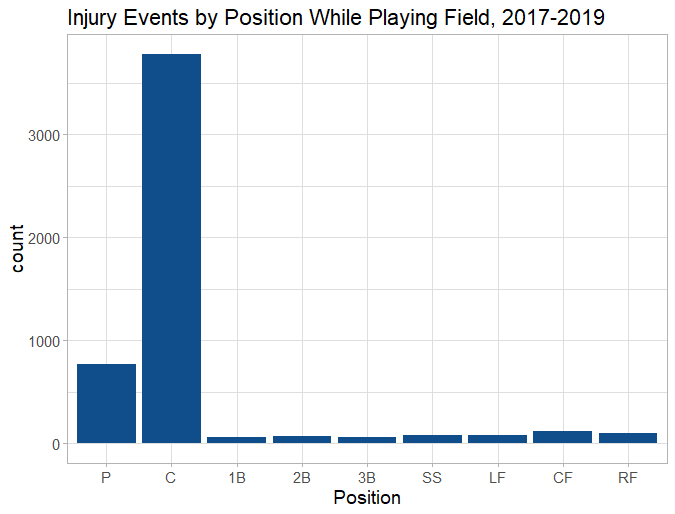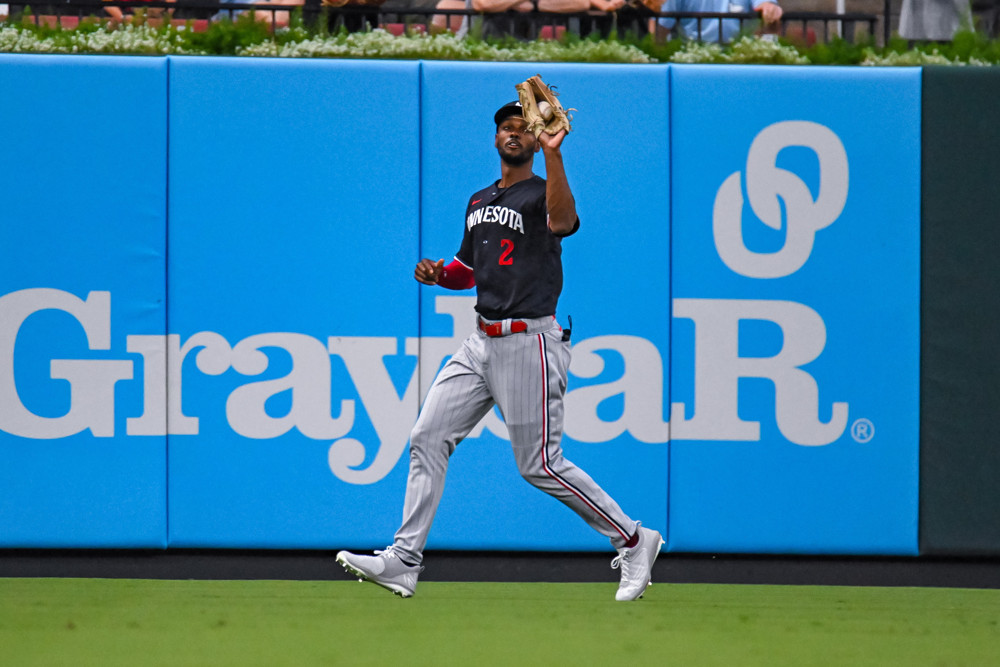Coming into the 2015 MLB season, Logan Forsythe was set to be the right-handed half of a second base platoon with Nick Franklin, a role that seemed to fit him well. He had been an above-average hitter against left-handed pitching but failed to finish a year with a wRC+ above 73 against right-handed pitching. From his debut with the Padres in 2011 through the end of the 2014 season with the Rays, He had a modest .235/.303/.343 slash line in 1,098 plate appearances with just 18 home runs.
Forsythe’s 2015 has been a completely different story. Franklin strained his oblique in spring training, giving Forsythe a chance to start the season as the everyday second baseman, and he hasn’t looked back. Although he has continued to perform significantly better versus left-handed pitching, he has become a better than league average hitter against right-handed pitching as well (115 wRC+). In total, Forsythe has hit an impressive .280/.362/.440 in 445 plate appearances this season. He’s found himself tied for the 22nd most valuable offensive player in the majors according to fWAR, and his 130 wRC+ is good for third among qualified second basemen. He’s already doubled his previous career high with 13 home runs, and he still has almost two months remaining to add to that total.
So what is Forsythe doing differently? Since being traded from the Padres to the Rays in January 2014, his flyball rate has jumped significantly. In San Diego, 34 percent of his balls in play were flyballs. Since joining the Rays, that number is up to 41 percent. Although that increase in flyball rate did not manifest itself in improved performance last year, it has this year. Forsythe has a robust .612 SLG and .403 ISO on his flyballs in 2015, huge improvements compared to his .453 SLG and .285 ISO on flyballs from 2011 to 2014. His home run per flyball rate is up a modest two percent since the trade, which is likely a result of the move out of the pitcher-friendly Petco Park.
Forsythe has also made changes in his hitting approach this season. In zero-strike counts, he’s been taking more pitches in the middle and outer thirds of the zone than he has in previous seasons. His swing rate in this area of the zone has dropped from 31 percent through 2014 to 26 percent so far this season. Despite this drop-off, his swing rate in zero-strike counts for pitches in the inner third of the zone and inside has held constant. This change has been reflected in Forsythe’s massive improvement on balls he’s pulled. Through 2014, on balls hit to the pull side, Forsythe hit .313 and slugged .503. So far this season, he’s hit .417 with a .783 slugging percentage on pulled balls. This improvement has come with a .355 BABIP on balls hit to the pull side of the field which, although likely due for a slight regression, isn’t alarmingly high.
Forsythe’s improvements have not been limited to his batted balls. His walk rate is a career high, and his strikeout rate is well below his career average. He is also having a career year defensively. He has saved the Rays ten runs at second base according to Defensive Runs Saved, trailing only Ian Kinsler at the position. While this may prove to be a career year for Forsythe, his variety of positive contributions makes it more likely that he will continue to be a solid starter for the Rays in future seasons.


